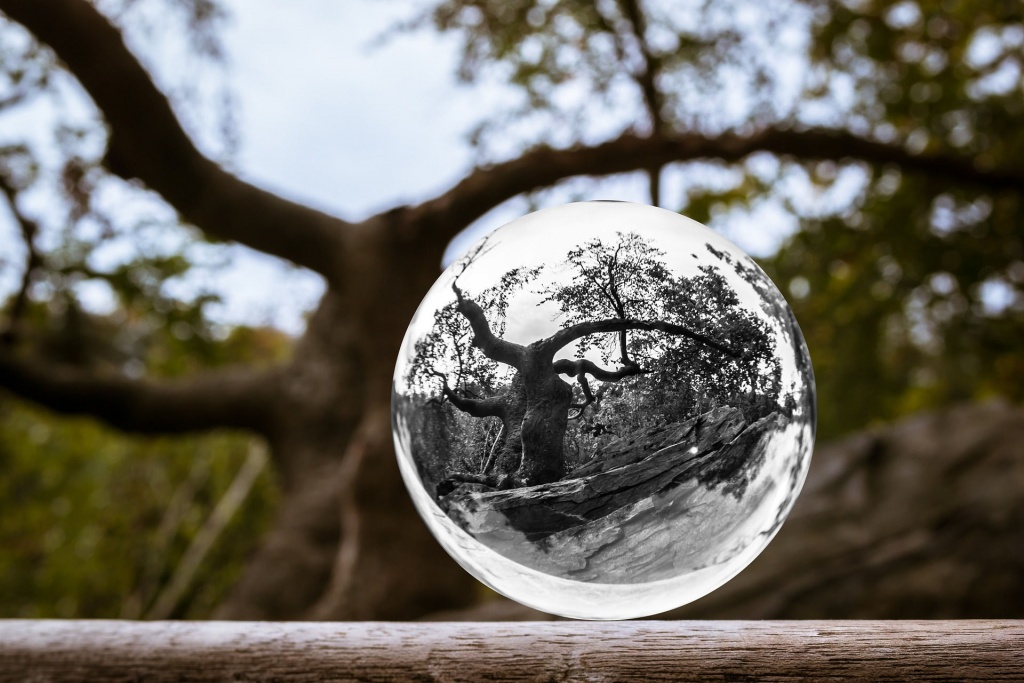When I’m reading, my thoughts usually swirl around to what types of projects I’m working on and, inevitably, the issue of aesthetics turns up. In this case, I’ve been reading “The Unbearable Lightness of Being” in which the author, Milan Kundera, discusses the notion of “aesthetic intentions.” Here at JHAI, whenever we see or hear about a project that isn’t what we think it could be, we are reminded that aesthetics and aesthetic impact remains at the forefront of design.
Gothic cathedrals or Renaissance piazzas? Beijing or New York? Natural forms or manmade? Do you like the stalagmites in a cavern or do you find them depressing? How about the shifting sands of a sand dune? What style of American homes do you prefer? I once heard an architect say he did not like the look and feel of a “Falling Water type home.” He appreciated the craftsmanship but not the architecture.
Art is best viewed from many perspectives and time lines, simply because what is aesthetically appealing to us changes as our lives, experiences and opinions change. Our response today is generally not our final response. Growing up, you may not have liked your parents’ music but as the years passed you came to appreciate it. It is best to keep an open mind and let your responses to aesthetics brew before you lock yourself into a single position.
Can beauty occur by mistake or is it always intentional? I believe that some designers have the touch; they instinctively sense or envision what can and should be. That said, a resulting aesthetic is also tied to its functions and practical requirements. I heard Richard Meir, architect of L.A.’s Getty Museum complex, say that his design was affected by the 436 variances he needed because of the neighbors and, therefore, he was not as happy with it as he could be. This might be just the way life is in this day and age. Vision for what is important does change! In universal design, the functions and support for a specific structure provides and allows for the change and growth of the life cycle so that all ages can use and appreciate that structure. (Visuals change as one ages also.)
Aesthetics can be tricky. The book talks about “light” and “heavy,” which can be viewed as “good” and “bad” and is referred to in the arts as “positive” and “negative” space. Or you might liken it to the yin and yang of life. Each perspective has its place. You can be at the right place at the right time and still not match up with what is going on around you.
Each culture sees things from a different light. This applies to organic and non-organic structures, and to nature itself. Personally, I enjoy the natural feel of things. The organic touch softens and enriches my soul and gives me peace. As for “which is the richer look,” that depends on your intention. Do you want the WOW or the supporting structure to feel appropriate to the structure’s function? Do you want the structure to stand out and scream SEE ME or do YOU want to be the center of attention? Do you feel that unintentional beauty is richer and more varied than the stricter and more composed beauty of human design? The questions go on and on.
Honest design can match the aesthetic qualities of any structure. Bridges are, after all, bridges! If you have the resources to build custom then the structure can have the handmade look. If you have limited human capacity, then an industrial look will be more cost-effective and will deliver a harder aesthetic. Bluntly put, the rich crowd does not need to work with their hands—they can devote themselves to the spirit. In most cases of new construction, I see the industrial aesthetic being used to limit labor costs—which, in turn, increases the rich crowds’ wealth. This is how life has been throughout the ages.
All of these issues affect what a structure will ultimately look like. What does not change is change itself: Organic qualities arise as our natural world slowly evolves, and the new structure flows with time and use. The true value of aesthetics intrinsic to all of construction is that it is truly a human endeavor. As you make your own aesthetic choices, keep in mind you are part of a culture and are leaving a legacy for future generations.
